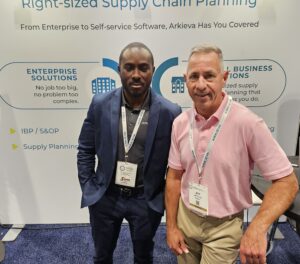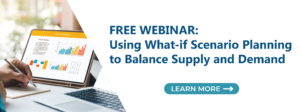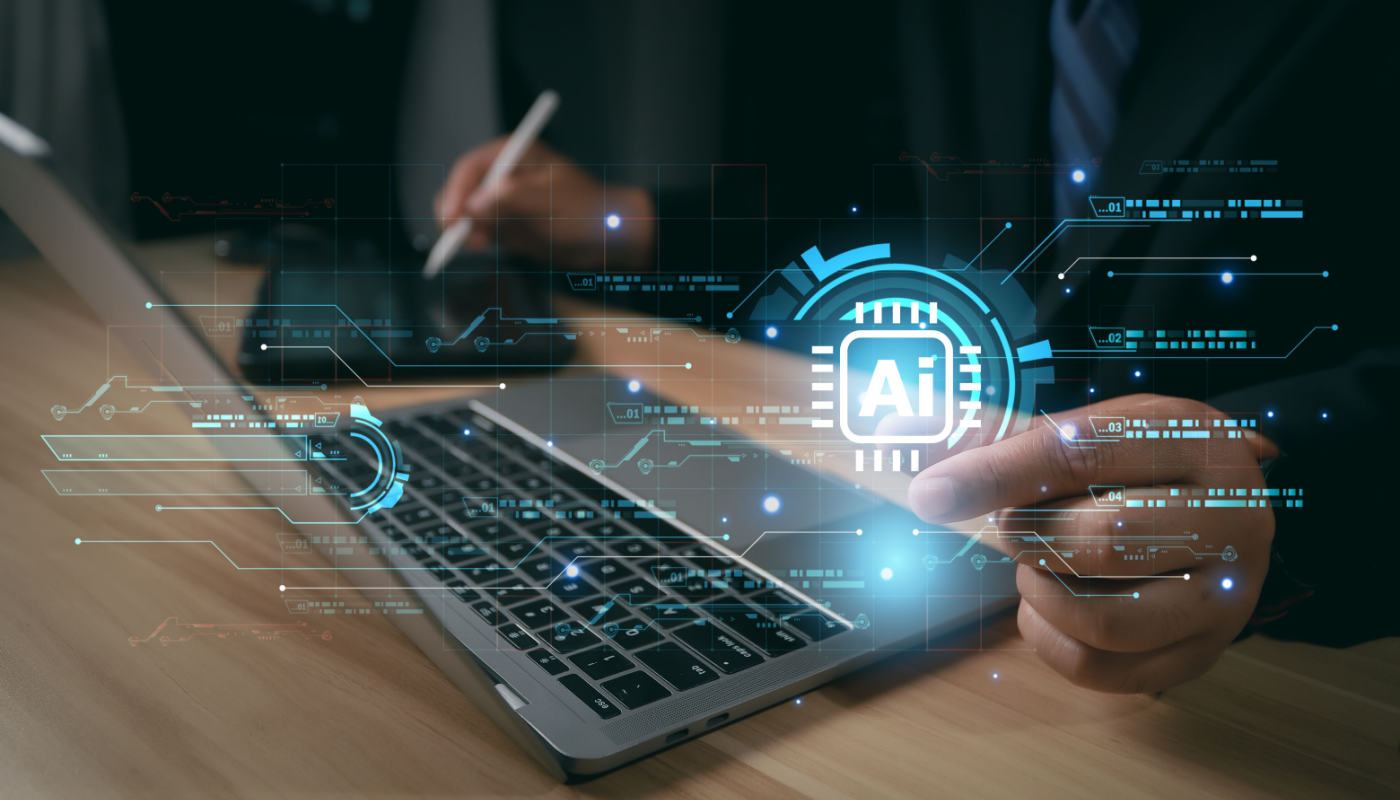Arkieva participates in numerous conferences and trade shows, which we have found to be an effective way to engage with a diverse audience of industry experts and customers. Through these interactions, we observe and report on the prevailing thoughts and concerns of the attendees. This sometimes inspires ideas for our product development team. At the same time, it simply reaffirms what we already know, such as the increasing anxieties surrounding generative AI, economic disruptions, and meeting monthly targets, regardless of what they may be. Obviously, not everyone can attend these conferences, so here are a few noteworthy observations from the recent EDGE show.

Target’s Customer-oriented Approach
Let’s start with an engaging conversation between Gretchen McCarthy from Target and Mark Baum from FMI where they analyzed the complexities of constructing a global supply chain that prioritizes the satisfaction of customers. A sizable portion of their discussion delves into Target’s customer-oriented approach and how they perceive their stores as central hubs that cater to the ever-changing expectations of their clients. They aim to create a seamless connection between their physical and digital stores as if the former reflects the latter. To achieve this, Target has made substantial investments in both manpower and automation. It is worth noting that Target’s decision to expand its physical stores goes against the prevailing trend in the retail industry. However, this strategy works for them because the stores serve as a backbone for all aspects of their business, rather than being a mere destination.
Artificial Intelligence
AI and automation were clearly an important focus of many of the sessions. As you might expect, topics ranged from concerns about AI stealing jobs to discussions on how AI can simplify our work, and then back to anxieties about job cuts. Missy Cummings, a former fighter pilot, college professor, and transportation advisor to the Biden Administration, addresses these concerns by explaining why self-driving vehicles, contrary to Elon Musk’s desires, will not dominate our roads anytime soon and cause millions of job losses.
Missy explained that when it comes to self-driving vehicles and generative AI, the neuro-networks can only offer the “best answer” rather than the definitive answer. The concept is like probabilistic forecasting, where a range of possibilities is presented, and it is left to the user to determine the optimal balance between stock and service. In the case of self-driving vehicles, the best answer may not always be the correct one. Missy gave an example of an accident where a car collided with the back of a stopped bus while the car was traveling at speed. The AI system detected the bus’s presence but failed to accurately assess its length, mistakenly assuming it had an additional 20 feet of space.
This occurrence has been common during the testing of these vehicles, and there is currently no quick solution. Another instance demonstrated a truck shifting into autonomous mode while traveling at a highway speed on the highway and promptly attempting to make a sharp right turn across three lanes of traffic due to the retained data from the previous drive. It was a frightening situation.
People are Still Important
Changing business models (such as Target) and technological changes (such as generative AI) ultimately trickle down to the “feet on the street.” This brings us to our final observation on the impact on people and the skills they possess – or need to grow. This was something we clearly saw in many of the presentations and throughout the exhibition area. The industry, which was previously dominated by men, has now become much more inclusive. This increased inclusivity has made for a stronger and wider workforce. Although progress has been made in promoting diversity, there is still a noticeable gap in skills. The rapid advancement of digital technology and automation is changing job responsibilities and people, regardless of their gender. This presents challenges for managers and executives as they try to keep pace with external competitors and internal pressures on revenue and profitability.
Arkieva perceives that those who rely on spreadsheets and manual processes for supply chain planning are lagging behind others who are embracing change. Even a basic forecast is no longer as straightforward as it once was. Taking a top-down approach leaves many opportunities unexplored. A probabilistic approach offers a range of possibilities and allows the planner to concentrate on finding the right balance between the needs of the customer and the goal of freeing up cash. Rather than manually intervening on exception after exception. If you are interested in moving beyond “simple” forecasting, we encourage you to join our webinar on How to use What-If Scenario Planning to Balance Supply and Demand. It is October 25th and we hope to see you there.






